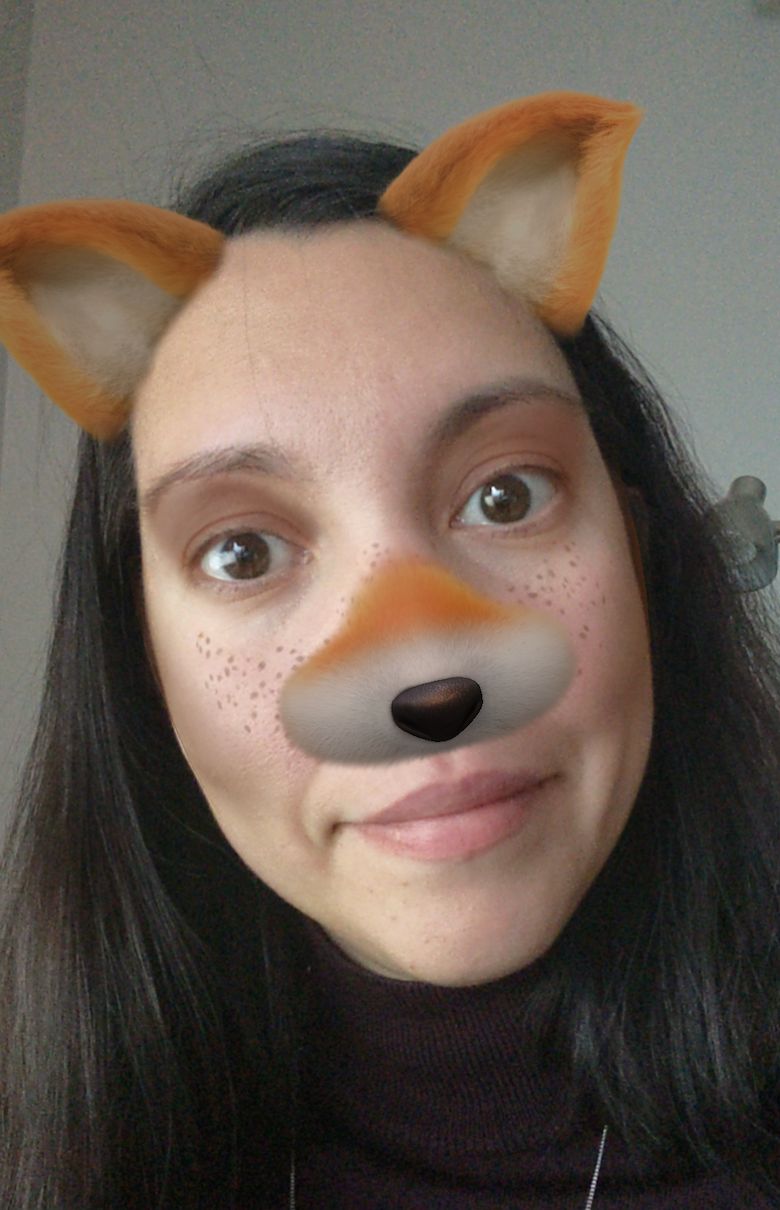and the distribution of digital products.
DM Television
After Google Gave Up on Sceneform, This Developer Built a Better Way to Bring AR Faces to Life
When Sceneform was discontinued and archived back in 2020, it made creating ARCore apps on Android more difficult. Inspired by the original Sceneform APIs and based on the ARCore samples, I have created AugmentedFaceFragment and AugmentedFaceListener interface to be able to easily create ARCore AugmentedFaces features on Android.
\ I will be releasing 3 articles building different AugmentedFaces features using AugmentedFaceFragment and AugmentedFaceListener interface.
What you will buildPart 1 of the series will cover the basics of the AugmentedFaceFragment and AugmentedFaceListener as well as the overview of all the helper classes. At the end of this article you will build a simple demo by writing a few lines of code.
Project setup Download the Starter ProjectClone the repository:
git clone https://github.com/droid-girl/arfaces_labs.git What’s our starting point?Our starting point is a modified version of ARCore SDK sample for Augmented Faces. The code has been modified in a way that we can now easily add different textures and objects to a face object.
Project structure- Helpers - original Java files from sample code
- Rendering - original Java files from sample code that handles rendering of AR objects and background
\ Additional files for the repository:
- AugmentedFaceFragment.kt - handles rendering and tracking of Augmented Faces
- AugmentedFaceListener.kt - handles Add and Update Augmented Faces callbacks
- AugmentedFaceNode.kt - handles the rendering of a face including a texture and associated 3D models
- AugmentedFaceRenderer.kt - renders face texture
- FaceRegion.kt - renders 3D model located on a defined FaceLandmark
\ \
class MainActivity : AppCompatActivity(), AugmentedFaceListener { private lateinit var binding: ActivityMainBinding override fun onCreate(savedInstanceState: Bundle?) { super.onCreate(savedInstanceState) binding = ActivityMainBinding.inflate(layoutInflater) binding.faceView.getFragment\ In activity_main.xml we add AugmentedFaceFragment as a main view and to be able to receive events from this fragment, we need to define and set AugmentedFaceListener to our fragment.
\ onFaceAdded method will be called when ARCore detects a new face and onFaceUpdate will be called on each frame update.
Let’s add a face texture as our next step.
Add face textureWe will use ARCore sample assets for our first face mask. You can find assets/models folder in your project. Let’s add freckles.png as face texture:
\ In MainActivity.kt modify onFaceAdded method as follows:
override fun onFaceAdded(face: AugmentedFaceNode) { face.setFaceMeshTexture("models/freckles.png") } Add 3D models Introduction to AugmentedFaceNodeAugmentedFace class uses the face mesh and center pose to identify face regions. These regions are:
- Left forehead (LEFT_FOREHEAD)
- Right forehead (RIGHT_FOREHEAD)
- Tip of the node (NOSE_TIP)
\ This project includes the AugmentedFaceNode class. Inspired by Sceneform, it is a node that will render visual effects on a detected face using ARCore. AugmentedFaceNode defines same face regions as AugmentedFace in a companion object:
companion object { enum class FaceLandmark { FOREHEAD_RIGHT, FOREHEAD_LEFT, NOSE_TIP } }\ Later in this tutorial, we will extend FaceLandmark enum class and add our own face regions.
\ AugmentedFaceNode includes faceLandmarks HashMapthat connects FaceLandmark with a 3D model.
\

The source code for this project can be found here.
- Home
- About Us
- Write For Us / Submit Content
- Advertising And Affiliates
- Feeds And Syndication
- Contact Us
- Login
- Privacy
All Rights Reserved. Copyright , Central Coast Communications, Inc.